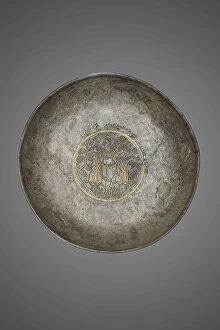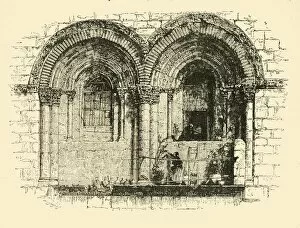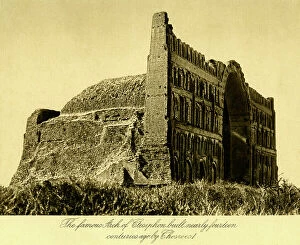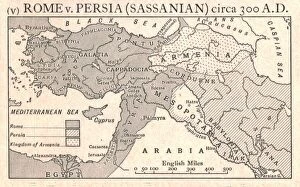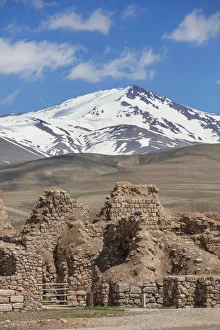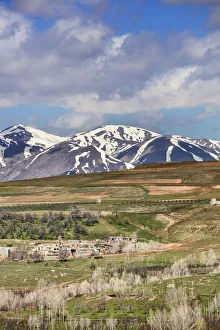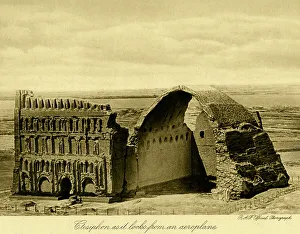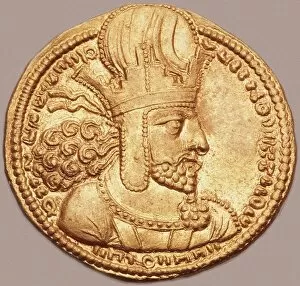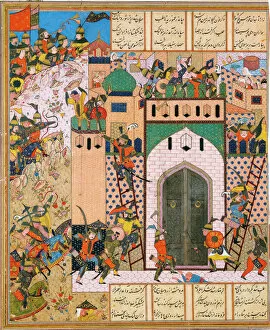Sasanian Empire Collection
The Sasanian Empire, also known as the Sassanian Empire, was a powerful and influential civilization that thrived from the 3rd to 7th century AD
All Professionally Made to Order for Quick Shipping
The Sasanian Empire, also known as the Sassanian Empire, was a powerful and influential civilization that thrived from the 3rd to 7th century AD. This caption takes us on a journey through various artifacts and landscapes that provide glimpses into the rich history of this empire. In Jerusalem, we find ourselves gazing at the magnificent Windows of the Church of the Holy Sepulchre in 1890. These windows stand as a testament to the grandeur and architectural prowess of the Sasanians. Moving on, we encounter a Magic Bowl adorned with an incantation text in Judeo-Aramaic and an image of Lilith, a demon from ancient folklore. This artifact showcases not only their belief systems but also their artistic expressions during this period. Next, our gaze shifts towards Ctesiphon in Iraq as seen from an airplane. The aerial view captures its majestic beauty and reminds us of its significance as one of the great cities under Sasanian rule. Venturing further into Iran's West Azerbaijan province, we stumble upon Takht-e Soleyman - an archaeological site steeped in history. Its ruins tell tales of grand palaces, temples dedicated to fire worshiping Zoroastrians, and sacred mountain landscapes surrounding it. Speaking of mountainscapes brings us back again to Takht-e Soleyman's breathtaking scenery; these towering peaks serve as reminders that nature played an integral role in shaping both culture and geography within this empire. Coins minted during this era depict King Chosroes II who reigned between 590-628 AD. These coins showcase his regal profile while shedding light on economic prosperity under his rule. Another engraving portrays King Peroz I mounted on horseback - symbolizing strength and leadership qualities associated with Persian kingship throughout history. A colorful lithograph presents Khosran II seated upon his mechanical throne adorned with crosses and doves - a representation of his religious tolerance and the empire's diverse cultural influences.




